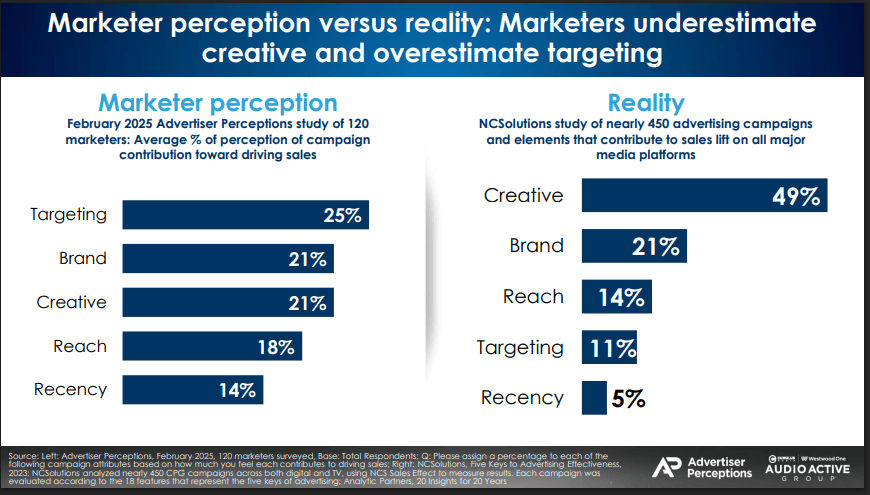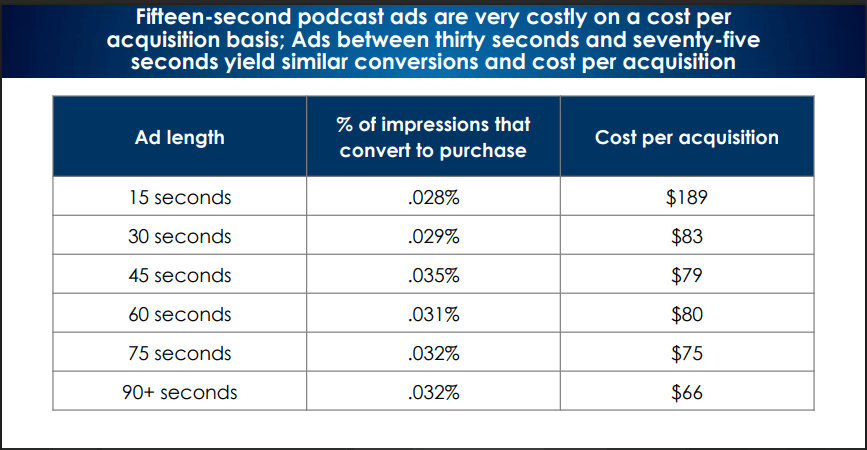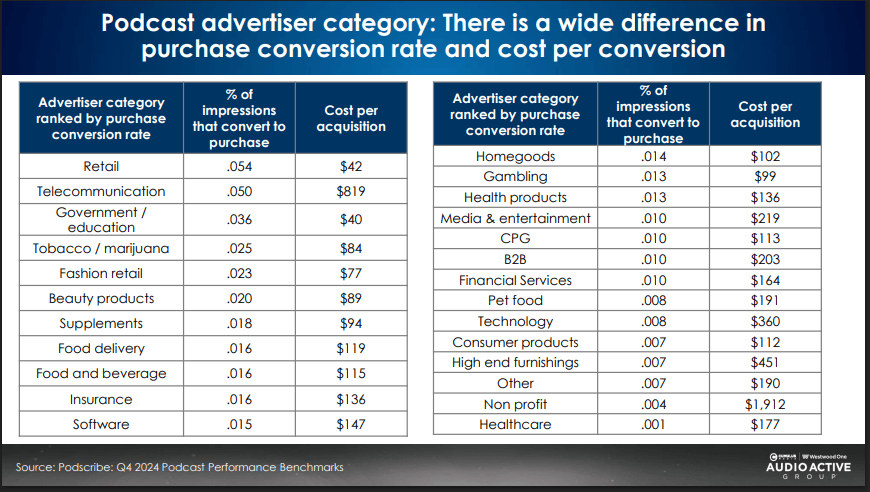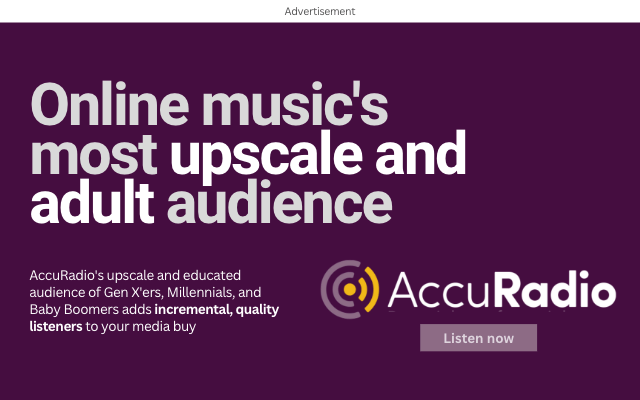In what seems like an exhaustive exercise in debunking commonly held presumptions, a study released by the Audio Active Group (fronted by Westwood One and Cumulus Media), we see an argument that podcast advertisers overestimate the business-building power of audience targeting. At the same time, they underestimate the power of creative — how the advertisement is conceived, written, recorded, and produced.
The following perception-vs-reality graphic illustrates the point:

The graph is a substantial corrective. Not only does creative generate sales much better than targeting (each by itself). In addition, the creative is more influential than the brand itself, and all other measured campaign characteristics.
All this comes from data from advertising measurement company Podscribe, in its recently released Podcast Performance Benchmarks. (It’s HERE.)
We learn several research realities in this report:
Small is good. Smaller podcast shows with less than 750,000 monthly impressions generate more visitors per impression with lower cost per acquisition
Time is productive. Podcast advertising effects take place over an extended period of time, and 95% of their impact happens in a luxurious span of 30 days. Only 50% of impact happens in the first 10 days.
Single show vs. run of network. turns out (according to Podscribe) that run-of-network podcast ad campaigns generate lower CPA costs than single show campaigns.
Host reads work better. Very slight difference here — much less than host-read champions might think. The percentage of impressions hat convert to purchase in host reads is 0.15%. For producer reads? $0.13. Pretty slim, but still.
Longer ads FTW. Six ad lengths are compared in this metric, and we are producing this fairly complex slide below:

Buy the early slots. Pre-rolls and mid-rolls have nearly identical conversion rates and cost per acquisition. Both merics are significantly more favorable than post-roll ads.
Conversion rate and cost don’t necessarily match. IN fact, there is what the study says is “a wide difference between the two — across a broad field of advertiser categories, from telecommunication to tobacco, from pet food to beauty products. This is a fascinating and informative slide:

We have reproduced several slides, but many more await in this granular report. As always, the source is recommended. Get it HERE.

